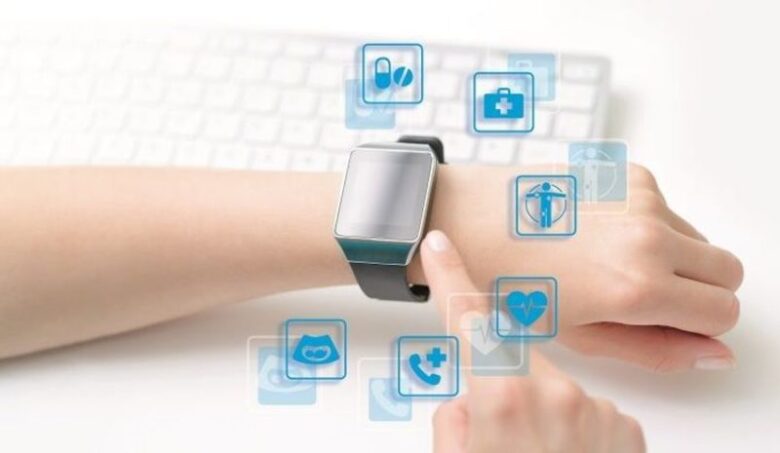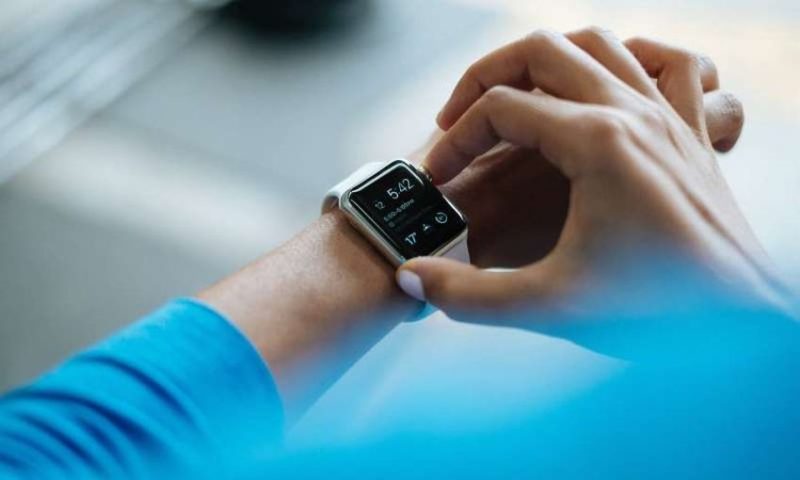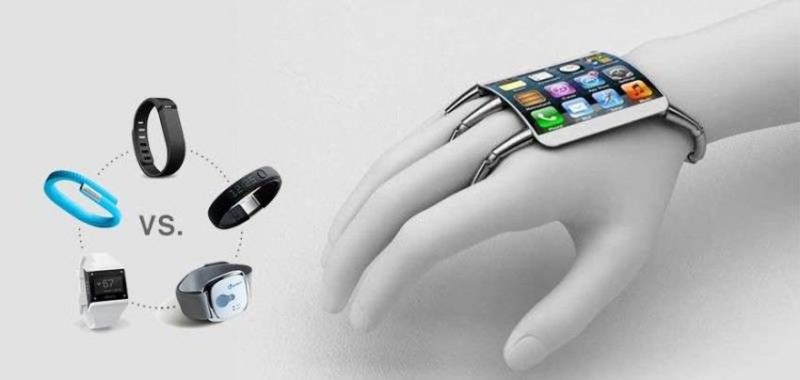Healthcare is a field that’s always moving forward, thanks to the latest advancements in technology and a desire to constantly provide the latest and greatest modes of care to their patients. According to Ambir.com, the age of wearable health tech is already here. The wearable tech market is growing at an astonishing rate, setting the stage for what will be a $27.5 billion industry in the United States alone by 2026.
Wearable healthcare devices come in many shapes and sizes, and serve many different functions. It could be a wristband worn like a watch that actively monitors your heart rate, blood pressure, and other statistics. It could also be high-tech glasses that allow visually impaired people to finally see with near-perfect vision.
So how exactly could these increasingly diverse and effective devices affect the world of healthcare?
Constant Monitoring

One of the most important effects is the capacity for wearable devices to conduct near-constant monitoring of patients. With a wearable device attached to your body in some way, you can collect information on a condition 24/7. This information can be recorded live and either remotely reviewed by a healthcare professional or evaluated in some automated way, with an AI-backed algorithm that can determine when there’s an aberration in your vital patterns.
This is beneficial for a few different ways. First, it allows for more patient monitoring than ever before, making it possible to catch sudden events like a heart attack or stroke in segments of the population at high risk for these spontaneous incidents. Second, it reduces the number of appointments that need to be made, thereby reducing costs while maintaining the quality of patient care; rather than coming into a doctor’s office every time you need to update something, these measurements can be done remotely.
Data Personalized Care

Wearable healthcare devices also introduce the opportunity for healthcare professionals to provide more personalized care. With millions of people wearing monitoring devices, it becomes easier than ever to gather reliable, large-scale data about how conditions develop, risk factors for certain illnesses, and the efficacy of different treatments in different situations.
Combined with big data processing and AI, researchers will inevitably learn more about how personal differences like genetics, lifestyle factors, and other preexisting conditions can affect how your health develops over time. With that information in-hand, doctors will be able to treat patients more effectively; they can evaluate a person’s risk factors, treatment tolerances, and other factors based on data gleaned from wearable devices, and come up with just the right recipe of treatments or preventative measures to keep them healthy.
Professional Applications
Wearable devices could also have some important professional applications, giving employers the chance to improve worker safety (and productivity at the same time). For example, a simple wearable device that actively monitors things like blood sugar, heart rate, or even stress hormone levels could alert a supervisor when a worker is approaching fatigue. It could help regulate breaks in physically intensive jobs, and immediately measure the potential health impact of a given work environment. It could also serve as an extra healthcare benefit for employees, and one that keeps them healthier, longer.
Security Concerns

Of course, wearable healthcare devices also introduce some security concerns, being part of the internet-of-things (IoT). Every wearable device serves as a node in this increasingly complex interconnected network of devices and information, and every node in that web is a potential vulnerability. A cybercriminal could, hypothetically, gain access to a patient’s home Wi-Fi network and use that to gain control of any internet-connected devices they have, including a vital wearable health device, like a pacemaker.
This is concerning for a few major reasons, the first and most important being that these devices will be heavily tied into patient health and wellbeing. It’s not just money or a person’s identity at stake after a security breach; it could be their health or their life. It’s also important to note that cyberattacks in the healthcare industry are on the rise, thanks in part to the sheer value of personal information held by institutions like hospitals and doctor’s offices. Fortunately, most wearable device developers are acutely aware of the need for stronger security, and are creating new hardware and software with security as a top priority.
Toward the Future of Wearable Devices

The momentum for more and better healthcare-related wearable devices is unlikely to slow down anytime soon. In fact, it may only accelerate. Devices will get smaller, less invasive, and more sophisticated. They’re going to get cheaper, and powered by other advanced technologies like machine learning, artificial intelligence (AI), or even virtual reality (VR). We’re at the beginning of a new era of healthcare and medicine, and it’s only going to get more advanced from here.


